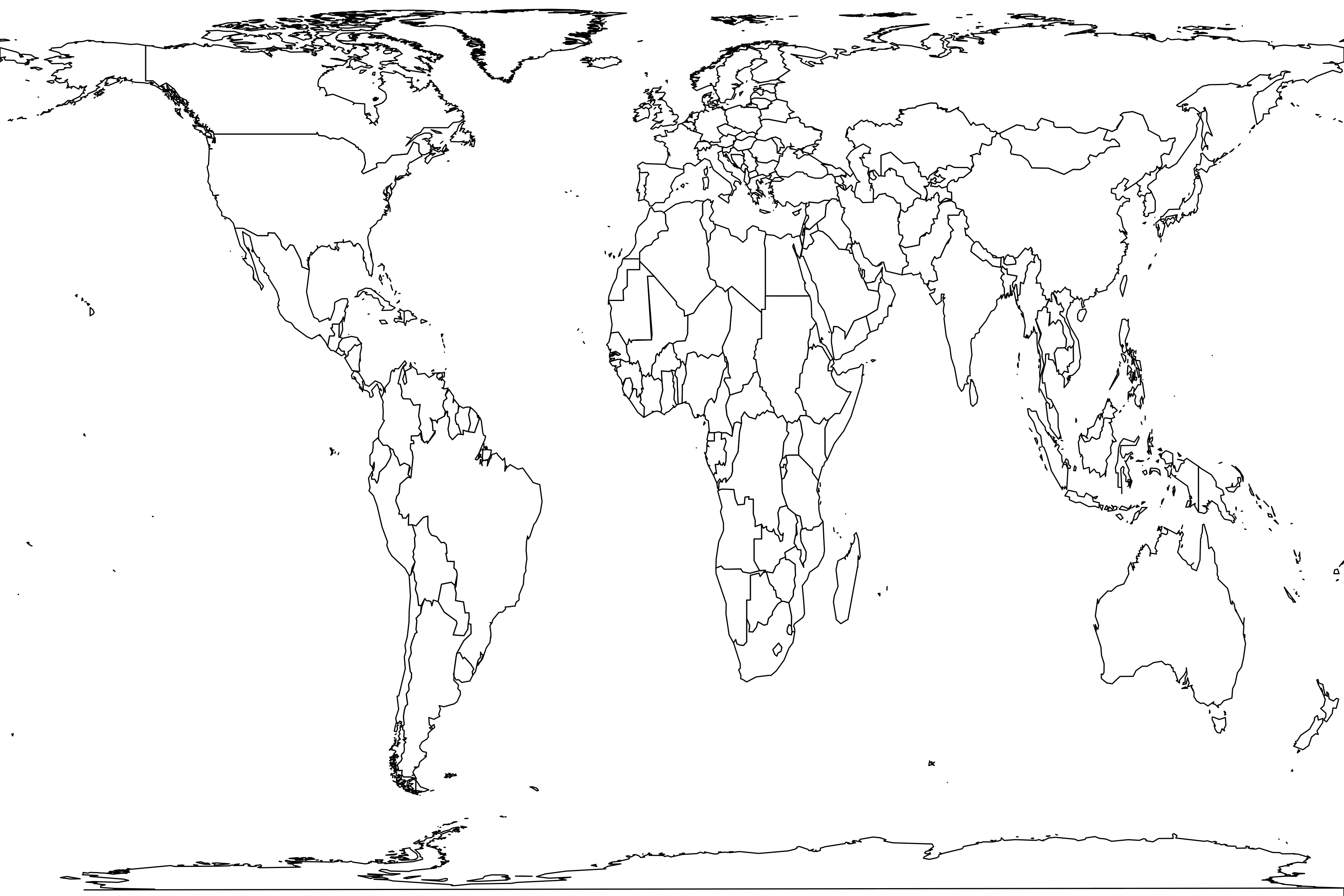Revadim Quarry Area B
Basic information
Sample name: Revadim Quarry Area B
Reference: R. Rabinovich, O. Ackermann, E. Aladjem, R. Barkai, R. Biton, I. Milevski, N. Solodenko, and O. Marder. 2012. Elephants at the Middle Pleistocene Acheulian open-air site of Revadim Quarry, Israel. Quaternary International 276-277:183-197 [ER 3887]
Geography
Country: Israel
State: Southern District
Coordinate: 31.783333° N, 34.816666° E
Latlng basis: estimated from map
Time interval: Middle Pleistocene
Max Ma: 0.5
Min Ma: 0.3
Age basis: other
Geography comments: Located 40 km southeast of Tel Aviv on the southern Coastal Plain. It sits "on a hillock at an elevation of 71-73 m"
"It is 300 m north of the confluence of two tributaries of the main stream in the area, Nahal Timna"
Paleomag indicates the sequence is younger than 780 ka
"Preliminary dating of carbonate coating of flint artifacts yielded dates between 300 ka and 500 ka"
"It is 300 m north of the confluence of two tributaries of the main stream in the area, Nahal Timna"
Paleomag indicates the sequence is younger than 780 ka
"Preliminary dating of carbonate coating of flint artifacts yielded dates between 300 ka and 500 ka"
Environment
Lithology: siliciclastic (mixed)
Taphonomic context: fluvial deposit, human accumulation, paleosol
Archaeology: bone tools, stone tools
Habitat comments: Geology/sedimentology is divided into 1-6 units. Unit 1 is "brown clayey to sandy clay with a compound prismatic structure" Unit 2 is "loamy sand to sandy loam paleosol, abundant carbonate nodules" Unit 3 is "massive red sandy clay loamy soil to sand loam" and Unit 4-6 are "Alternate layers of yellowish white, loose, medium to coarse-grained sand"
"All the evidence supports water accumulation in the depressions, similar to local ponding. It seems that at least some (e.g. Localities 2 and 3) functioned as sediment traps during episodes of fluvial events"
"there were at least two depositional and post-depositional processes in Area B". The first offers "indisputable evidence to hominin activity"
The second process is less clear and may not be directly related to hominin activities, and may be natural accumulation
"An elongated wedge-like tool, made on a large piece of bone (24 x 8.5 x 2.8 cm), most probably an elephant humerus shaft, was found at the bottom of the quarry within the collapses of Area B"
"All the evidence supports water accumulation in the depressions, similar to local ponding. It seems that at least some (e.g. Localities 2 and 3) functioned as sediment traps during episodes of fluvial events"
"there were at least two depositional and post-depositional processes in Area B". The first offers "indisputable evidence to hominin activity"
The second process is less clear and may not be directly related to hominin activities, and may be natural accumulation
"An elongated wedge-like tool, made on a large piece of bone (24 x 8.5 x 2.8 cm), most probably an elephant humerus shaft, was found at the bottom of the quarry within the collapses of Area B"
Methods
Life forms: carnivores, rodents, ungulates, other small mammals, lizards, snakes, frogs
Sampling methods: quarry
Sample size: 341 specimens
Sampled by: Marder et al
Years: 1996, 2004
Net or trap nights: 0
Basal area status: not applicable
Sampling comments: "Four seasons of excavations were conducted during 1996-2004 on behalf of the Israel Antiquities Authority and the Hebrew University of Jerusalem"
"Faunal remains, and especially proboscideans, were found in all the excavated areas"
"Faunal remains, and especially proboscideans, were found in all the excavated areas"
Metadata
Sample no: 4266
Contributor no: Jack Nesbitt
Enterer: Jack Nesbitt
Created: 2023-05-15 16:27:09
Modified: 2023-05-15 06:36:44
Abundance distribution
Each square represents a species. Square sizes are proportional to counts. Values are logged.
Statistics
19 species
7 singletons
total count 341
geometric series index: 36.2
Fisher's α: 4.342
geometric series k: 0.7556
Hurlbert's PIE: 0.7399
Shannon's H: 1.8159
Good's u: 0.9795
Register
| †Palaeoloxodon antiquus (elephant) | 155 | |
| †Bos primigenius (aurochs) | 46 | |
| Capra cf. aegagrus (wild goat) | 1 | |
| Gazella gazella (mountain gazelle) | 4 | 21.0 kg |
| Cervus elaphus (red deer) | 10 | |
| Dama dama (European fallow deer) | 30 | |
| "Dama cf. mesopotamica" | ||
| Cervidae sp. | 2 | |
| Capreolus capreolus (roe deer) | 1 | |
| Sus scrofa (pig) | 6 | |
| Equus sp. | 6 | |
| Felis lybica (African wildcat) | 1 | 4.5 kg |
| "Felis silvestris": species assignment based on geography | ||
| Hyaenidae indet. | 1 | |
| "Hyaenid indet." | ||
| Microtus guentheri | 51 | |
| "Microtus guenthri" | ||
| Nannospalax ehrenbergi (Middle East blind mole rat) | 5 | |
| "Spalax ehrenbergi" | ||
| Crocidura cf. suaveolens (lesser white-toothed shrew) | 1 | |
| Pseudepidalea cf. viridis | 1 | |
| Amphibia indet. | 2 | |
| Lacertilia indet. | 1 | |
| Serpentes indet. | 17 | |


